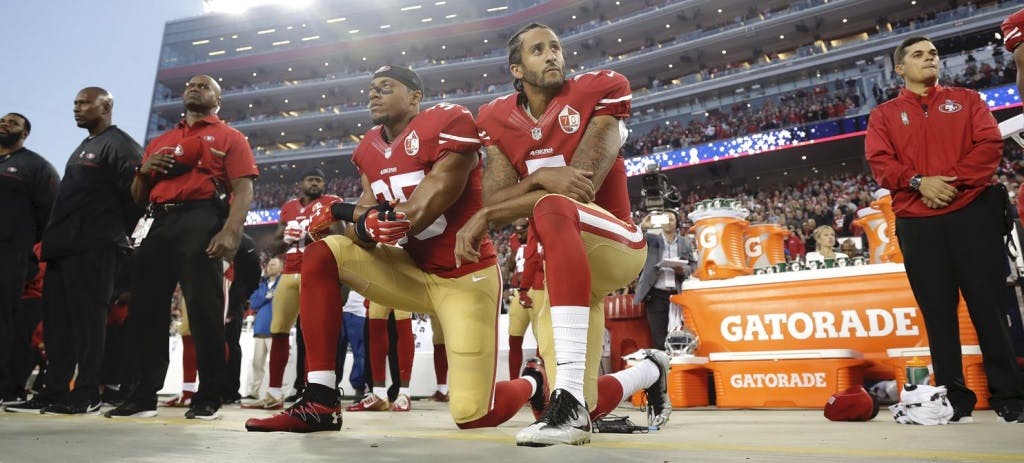
A meeting of minds – Anthropology and Psychology
“Sitting on your shoulders is the most complicated object in the known universe” — Michio Kaku
While this may be true, the human mind is also contributing to the increasingly complex sociocultural shifts taking place all around us. Life doesn’t just feel more complex, it IS more complex.
Correspondingly, the challenges and opportunities facing governments, businesses and other organisations are increasingly complex. The human behaviours most of us are seeking to influence and change have a multitude of factors influencing them.
Whether you are interested in the behaviour of customers, communities, employees, citizens, or just your own, there is likely an intricate interplay of human psychology, social, cultural, political, economic, ecological and technological dimensions.
there is likely an intricate interplay of human psychology, social, cultural, political, economic, ecological and technological dimensions
Below are just a few examples of challenges and opportunities which are a result of individual psychology interacting with a broader sociological context:
- In 2017 La Poste (French Postal Service) introduced a service called “Veiller Sur Mes Parents” (Watch Over My Parents), where postal workers check-in on the wellbeing of older citizens living at home by themselves during deliveries. The service evolved out of the need to engage an increasingly marginalised aging population, and spare capacity of the postal service (due to decrease in physical letter writing). Psychologically, the postal workers gain a raison d’être that addresses the concerns of family members, and eases older citizens’ fear of losing their independence.

- In 2007 Safaricom introduced mobile money transfer service M-Pesa to Kenya, with the aim of increasing financial inclusion and opportunities for Kenya’s large unbanked population (30-40% did not have bank accounts). M-Pesa became a huge success, but it was deeper cultural and contextual reasons driving its adoption. Most notably, peoples’ need to send money to support family and friends across the country. Instead of sending slow, cumbersome and less secure cash, the money is flowing, geography is no barrier, and people are able to invest their regained time and resources into new opportunities. All through an old style sim only phone.

- Nike’s support of Colin Kaepernick for taking a knee during the US national anthem before a game to protest racial injustice became a movement, a social discourse and a campaign. This all occurred within the broad context of race, values, history, media, power dynamics and politics. On a psychological level, this contextual ritual involves emotions, justice, stereotyping, mirror neurons and of course, the body language of the behavioural moment.

It’s difficult to consider and disentangle all of the psychological and sociological dimensions of issues like these. It’s therefore tempting and often instinctive to search for a simple solution; a simple way to understand things, a theory of everything, a silver bullet.
We might latch on to concepts from behavioural economics (after all, there are thousands of catchy cognitive biases to choose from), social psychology (some international consultancies make sense of the world through Hofstede’s cultural dimensions theory), sociology, semiotics, neuroscience (see Silicon Valley exploiting our brain chemicals to drive usage and increase attention).
While some are supported by evidence, you could just as easily latch on to dangerously misleading simplifications like Maslow’s hierarchy of needs or the Myers-Briggs Type Indicator.
Some of these concepts can help explain behaviour and inform ways to change that behaviour, but today’s multidimensional issues can’t be understood with unidimensional lenses.
Today’s multidimensional issues can’t be understood with unidimensional lenses
As argued by Koen Smets in Behavioural Scientist “Oversimplification and overgeneralization obscure the actual complexity of human behavior. It’s rare for a particular behavior to be a pure example of one specific cognitive effect. Most of the time we are subject not just to a multitude of contextual influences but also to multiple simultaneous effects that can combine in ways that are not immediately obvious.”
Unfortunately it is rare for consultants and clients to leverage the powerful evidence based frameworks and tools that have been established outside of their field of vision. Not only does this mean missed opportunities, it also increases the risk of getting something terribly wrong.
ap² acknowledges this complexity and believes in the need for multiple lenses to understand and address the behaviours that are providing challenges and opportunities for governments, businesses and other organisations around the world.
ap² combines the latest evidence and tools from anthropology and psychology to provide new layers of contextual insight into behaviour (see Our Model™ for more detail). We then use these insights to inform strategies and tangible ideas to change those behaviours.
- Through an anthropological lens we examine the sociological drivers of behaviour such as culture, norms, values, social structures, history, economics, politics etc.
- Through a psychological lens we examine the individual drivers of behaviour drawing and behavioural economics, evolutionary psychology, social psychology and neuroscience.
ap² combines the latest evidence and tools from Anthropology and Psychology to provide new layers of contextual insight into behaviour
Echoing the comments of Allison Daminger “Both fields – and society at large – stand to gain if behavioral scientists and sociologists understand how each approach is complemented by the other.”
Contact us if you are looking to change the behaviour of your customers, communities, employees, or citizens for the better*.
*We believe only organisations delivering shared value have a prosperous future. An alignment of values and commitment to positive impact is built into our process and is a prerequisite for collaboration.





